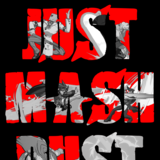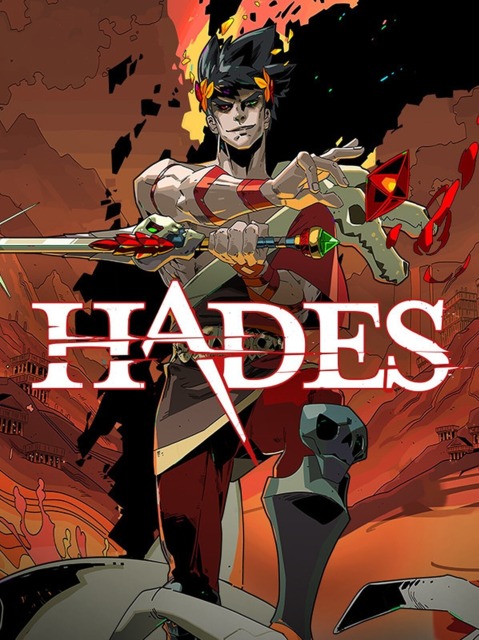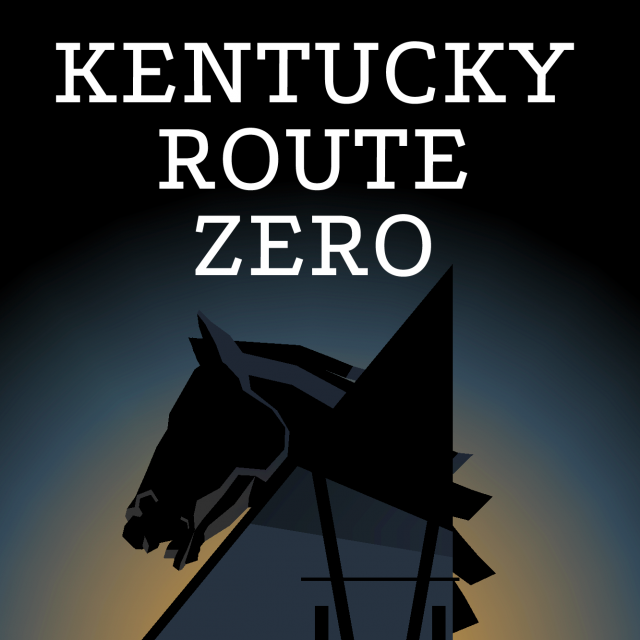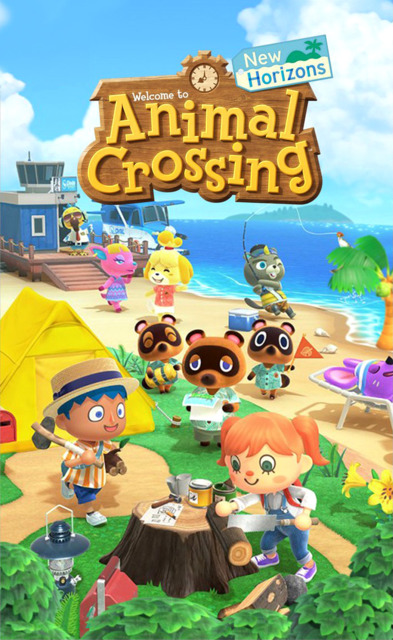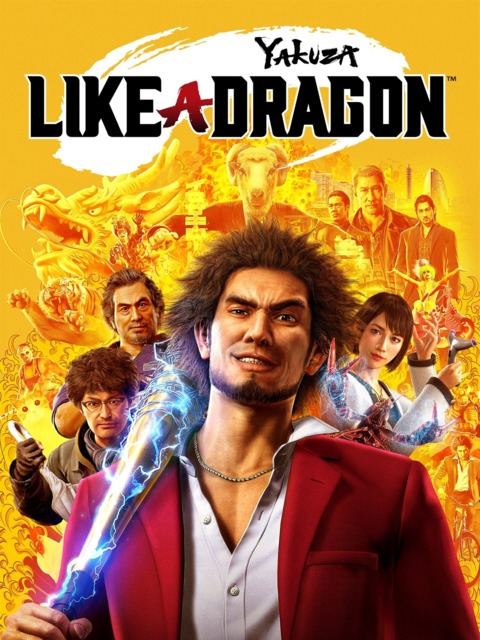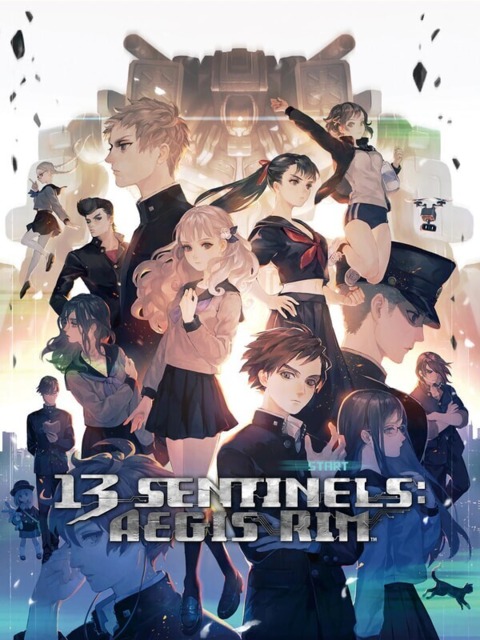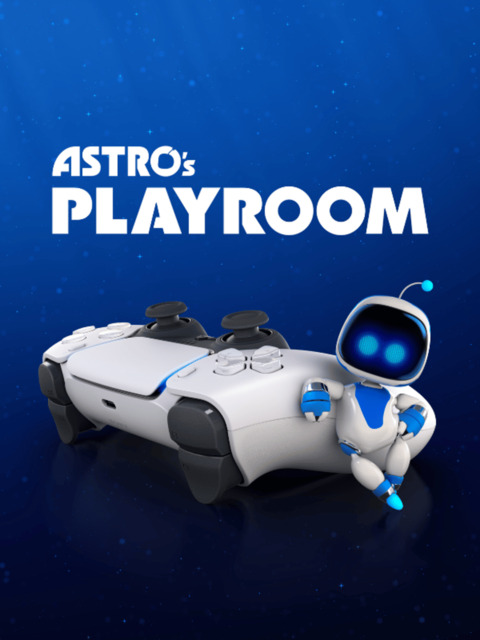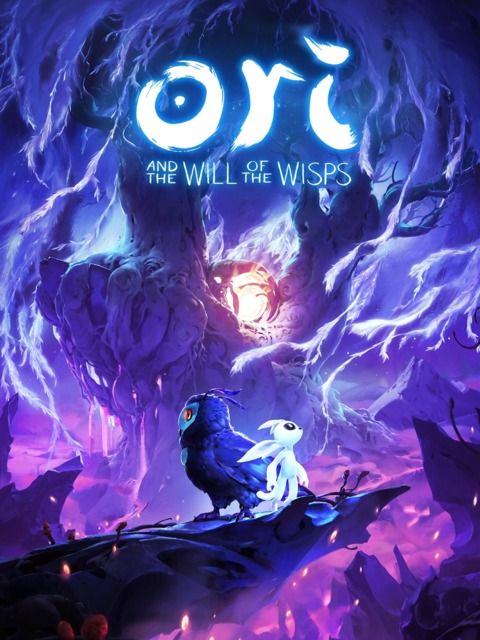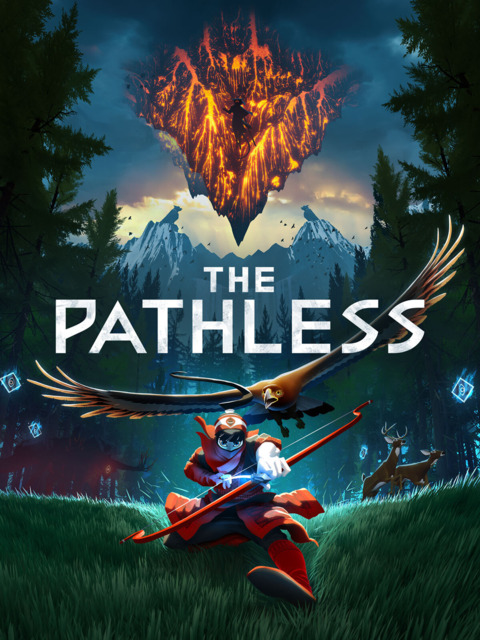Oh boy, here we go. This one has been a long time coming, as I technically started playing this game back in 2013 when its first chapter released. KR0 has released piecemeal over the past near-decade, with chapters and interludes coming out as they were ready, but the finished product finally made it out in 2020. I believe it was somewhere around the end of Chapter 2’s release that I decided to stop and wait for the full game to be released before playing more; little did I know it would be many years before I would get my chance. Once the TV Edition released at the beginning of 2020, I started the whole thing over and played through the entire story, and I fell in love with it all over again.
Kentucky Route Zero is an adventure game that tells the story of a delivery man named Conway who is hired to make one last delivery for an antique shop to a home on 5 Dogwood Drive. The only way to reach this address, he finds, is to travel down the mysterious Route Zero, and the act of learning the nature of the Zero and what it means to traverse it takes Conway, the various compatriots he meets along the way, and the player, on one hell of a journey.
The gameplay is generally relatively standard point-and-click, moving characters around various environments to interact with stuff and talk to people, but the details are where things really get special. One of the major tricks that KR0 has up its sleeve that worked so well for me is the nature of its dialogue choices. In many adventure games, everything hinges on what choices you make to induce huge shifts in where the story is going, but this game isn’t really interested in that. Here, the player is presented with much more minor choices in dialogue responses, selections that end up in generally the same place but allow the player to flesh out the character’s interiority, the minutiae of how they feel about how everything’s going. It makes the story being lived out feel intensely personal, even if the actual events are pretty much entirely going to occur according to the game’s design. My favorite example of the choices this game offers is actually one of the first ones: the first time that Conway addresses the old hound that’s in his delivery truck with him, the game lets you choose its name from a handful of options. In the end, the dog’s name isn’t really important, but the one you pick sticks around for the entire game, making your experience just a little more “yours.”
The story that Kentucky Route Zero tells is equal parts heartwarming and heartbreaking, a look into the way that the systems that our world is built on (capitalism, especially) are designed to break us down and tear us apart, but the wonder of life is often in the spaces we create for ourselves and the people we share them with. Every chapter introduces new environments and new characters with their own stories to tell, all of them weaving into the larger experience and creating something resonant, especially in a year like 2020. I played this entire game before the world was ravaged by a pandemic that was used as an opportunity for the rich to further profit from the suffering of the rest of us, and I honestly can only imagine how it feels to experience it now, having lived in our current world for as long as we all have.
The visuals are often minimalist but still deliver incredible environments when the game decides it’s time for them, and this is another of the year’s truly great soundtracks. Each chapter contains a major moment that’s accompanied by one of the OST’s full-vocal tracks, many of which are among the game’s best and most impactful scenes. Alongside these big-time pieces, the rest of the soundtrack is a perfect match to the vibes of each place the group finds itself in, and has been regular background music for me for much of the time since the game’s release. The game’s finale song still makes me emotional every time I hear it. It’s beautiful.
I can’t say enough about Kentucky Route Zero, it is one of my favorite stories I’ve ever experienced in a game and gave me a world that I loved to explore for as long as it let me. This game is the definition of “magical realism,” a world that’s equal parts entirely down-to-earth and completely unbelievable, where bureaucracy is applied to the impossible and everything, no matter how unreal, somehow manages to feel right at home.The whole thing needs to be seen to be believed, and I don’t know if we’re likely to see anything quite like this again. I wouldn’t be surprised if some players find themselves bored with the game, the exploration may drag from time to time. However, if there’s one thing you take from this whole list of mine, it’s this: please play Kentucky Route Zero.
